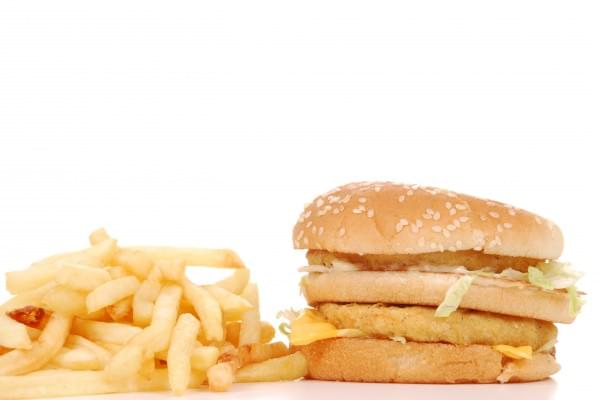What are transfats, and what catering should do with them?
When it comes to fat, trans fat is considered by some doctors to be the worst type of fat. Unlike other fats, trans fat — also called trans-fatty acids — both raises your “bad” (LDL) cholesterol and lowers your “good” (HDL) cholesterol.
A high LDL cholesterol level in combination with a low HDL cholesterol level increases your risk of heart disease, the leading killer of men and women. Here's some information about trans fat and how to avoid it.
What is trans fat?
Trans fat is made by adding hydrogen to vegetable oil through a process called hydrogenation, which makes the oil less likely to spoil. Using trans fats in the manufacturing of foods helps foods stay fresh longer, have a longer shelf life and have a less greasy feel.
Scientists aren't sure exactly why, but the addition of hydrogen to oil increases your cholesterol more than do other types of fats. It's thought that adding hydrogen to oil makes the oil more difficult to digest, and your body recognizes trans fats as saturated fats.
Trans fat in your food
Commercial baked goods — such as crackers, cookies and cakes — and many fried foods, such as doughnuts and french fries — may contain trans fats. Shortenings and some margarines can be high in trans fat.
Trans fat used to be more common, but in recent years food manufacturers have used it less because of concerns over the health effects of trans fat. Food manufacturers in the United States and many other countries list the trans fat content on nutrition labels.
However, you should be aware of what nutritional labels really mean when it comes to trans fat. For example, in the United States if a food has less than 0.5 grams of trans fat per serving, the food label can read 0 grams trans fat. Though that's a small amount of trans fat, if you eat multiple servings of foods with less than 0.5 grams of trans fat, you could exceed recommended limits.
Related news
Related news
Rome’s Trevi Fountain to be charged from February 1st
🎧 Hallgasd a cikket: Lejátszás Szünet Folytatás Leállítás Nyelv: Auto…
Read more >(HU) Önáltató sörisszák – A nap képe
🎧 Hallgasd a cikket: Lejátszás Szünet Folytatás Leállítás Nyelv: Auto…
Read more >(HU) A nap mondása
🎧 Hallgasd a cikket: Lejátszás Szünet Folytatás Leállítás Nyelv: Auto…
Read more >




